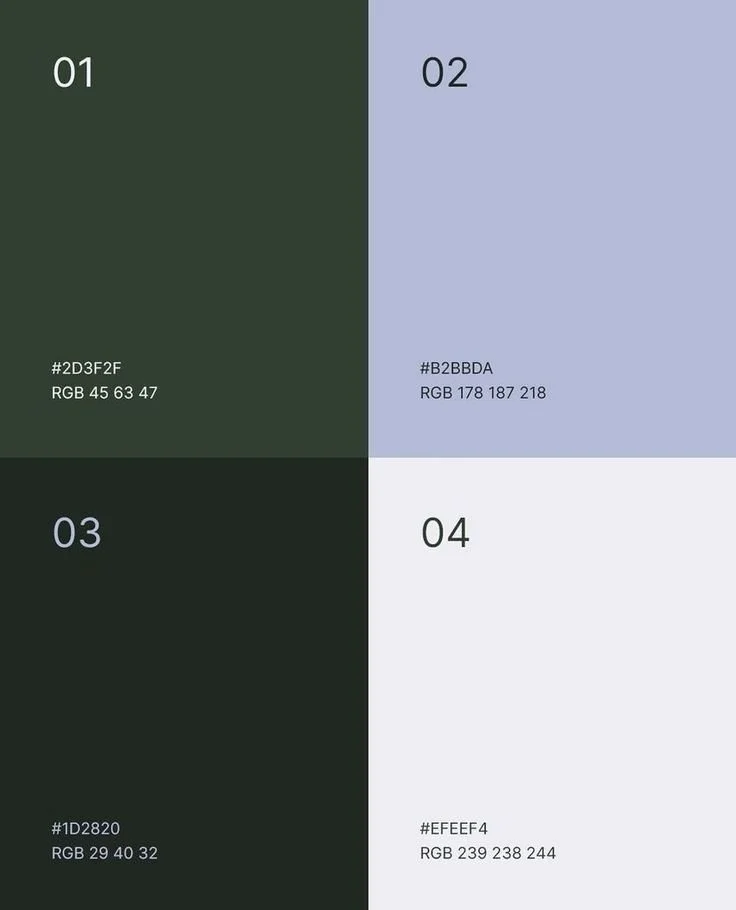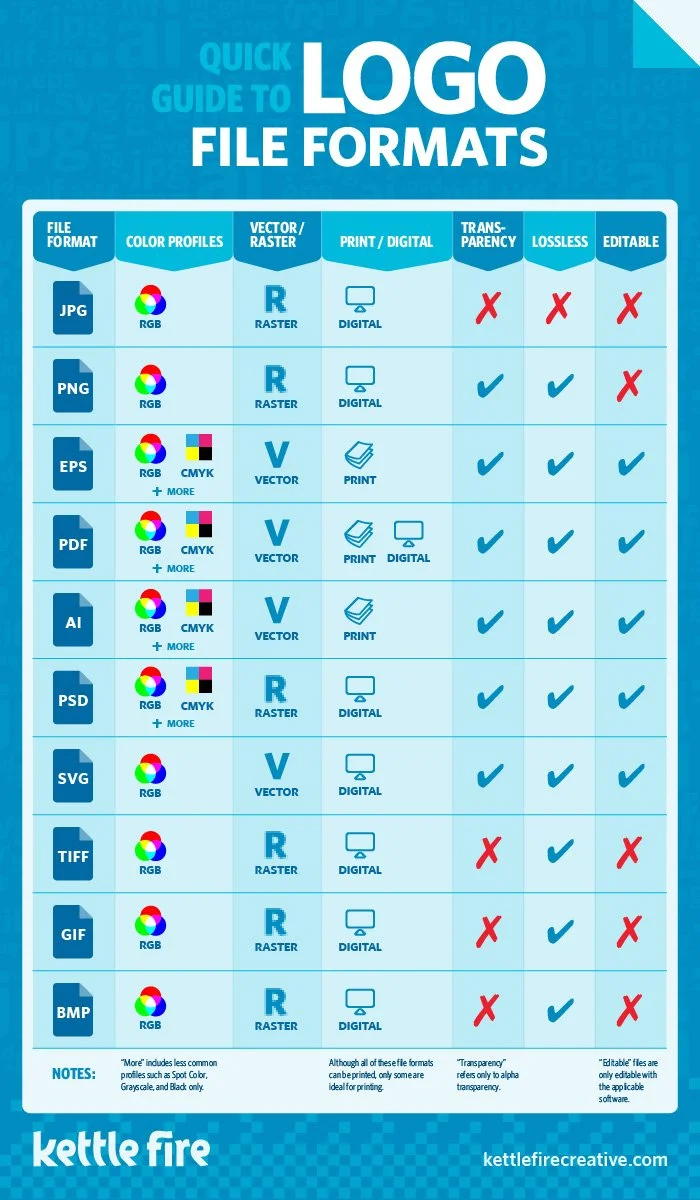How to Not F**k Up Your DIY Branding
DIY branding isn’t a bad thing, but it’s usually done badly. Luckily, there are ways to leverage DIY that won’t kill your brand.
Ready to breathe a sigh of relief?
You’re allowed to DIY your branding.
Okay, now you have to promise to bail me out if I get arrested by the Branding Police.
DIY branding gets a bad rap in the design world. When I was new to brand design, I felt the same way. I would cringe at the idea.
Why?
Because it’s really easy to fuck it up. Brand design is a skill that takes years to hone. While there’s a plethora of resources that make basic DIY design accessible to non-designers, there’s plenty that can go wrong. I used to think it was a no-go.
But I changed my opinion.
Now, before you run off to scope out a logo, pump the breaks, buddy. These days, we’re all used to the internet giving us fast answers and confirmation. That’s where a lot of misunderstanding happens. There are two camps when it comes to do-it-yourself branding:
1. “You shouldn’t do it, and here’s why.”
2. “Go for it, and here’s how you do it”.
Neither is entirely wrong, but both are incomplete messages. The do-it-yourself route has its advantages. It also comes with a lot of potential for problems. If you’re thinking about DIYing your brand, you need to understand the nuances to the pros and cons.
The thing is, it’s not about whether DIY branding is right or wrong. DIY branding is a tool, like a hammer. A hammer is the right tool when you need to add or remove a nail. It’s the wrong tool if you need to add or remove a screw.
Everything about branding is context-dependent. Whenever you find advice on building your brand, remember that your situation and brand goals determine what the right move is, not what someone on the internet says it is. A hammer isn’t good or bad. What matters is when and how you use it.
If DIY branding is a tool, when do you use it and how do you use it effectively?
When to Use DIY For Branding
My number one piece of advice is that DIY branding is usually best employed as a temporary solution. Think of it as a placeholder. The “when” is during the early stages when you’re ironing out details.
If you’re just starting out, DIY branding is a wonderful tool. Maybe you’re turning a hobby into a side hustle, a side-hustle into a career change, or have an inkling that this thing could really work, and you wanna give it a shot. In this situation, I actually don’t recommend investing in custom branding just yet.
There are a couple factors here that make DIY branding a good option:
Start with DIY when you’re still figuring out the basics.
A new business needs time to take shape. You’ll probably have to work at it for a while before you find your target audience, your workflow, and a clear picture of where you want to be. It’s a good idea to give yourself some space to try things out and explore. The key to effective branding is knowing your business inside and out. At this point, you don’t know enough about your goals and purpose for professional branding to be a worthwhile investment.
DIY branding can help when you’ve got budgetary limitations.
Unless you’re one of the rare folks who take off right out of the gate, your business probably hasn’t generated a ton of revenue. Limited financial resources need to be allocated carefully, and professional brand design may not be accessible or advisable based on your available resources. In this situation, DIY branding can be a good stand-in until you’re able to allocate money towards it. In the meantime, invest in your basic needs, like improving your skills, forming a legal businesses entity, and acquiring necessary tools and materials to do your work.
If you’re entering a new market, DIY is a good starting point.
Whether it’s new to the world, or just new to you, it’s gonna take a minute to get your footing. Unless you have plenty of experience working in the industry, there’s gonna be a knowledge gap. Don’t spend time and money on branding when you’re not clear on what’s been done before, what’s being done now, and what the market trajectory looks like. Branding is its own category of market research. What have others done that you do and don’t like? What styles are overused? What platforms are they using? How do others engage their audience? You need to gather this information to know what’s right for you AND what will work in the current market. Using DIY branding can get you started while you gain better market awareness.
The How
How to avoid common problems in DIY branding
So, if the above scenarios apply to you, DIY branding could be a good choice. Then the question becomes, how do you use this tool effectively without falling into the common traps? And trust me, there are many.
Here are five practical tips for using DIY branding without falling down the rabbit hole into design chaos:
(1) KISS: Keep It Simple, Silly!
There are millions of tools and graphics available for DIY design. This is great for folks who don’t have design experience, but it’s also the biggest trap. The more complex you get, the harder it is to manage. It’ll eat up your time and can quickly get messy. Opt for a simple logo that has minimal detail (like this or this), a legible, free font that’s available on whatever platforms you plan to use (like Roboto, which comes in several styles), and a 3-4 colors with plenty of contrast so text is legible (like the one on the left).
Basically, don’t do more than you really have to.
This helps you avoid chaos.
(2) Be visually consistent.
I know there’s a lot of cute templates in Canva. Pick one. I know colors are fun. Pick a couple and stick to them. Go for consistency over excitement. Consistency helps people recognize you, and over time, creates a feeling of trust. This is especially important on social media. No one cares that your event post has a holiday theme, they care about being able to get the information quickly and knowing who it’s coming from. Establish that consistency and clear communication from the get go.
(3) Don’t try to be original.
Yes, standing out is one of the core purposes of branding. But unless you’re ready to hire a designer, don’t worry about that yet. Focus on a clean look that’s appropriate to your industry. This doesn’t mean be generic, but it does mean letting go of your ego and preferences a bit. At this stage, it’s better to be a little boring than to risk coming off as unprofessional.
(4) Use the right file types and image specs.
Logos come in a bunch of different formats for different uses. Vector images are scalable, meaning they won’t become pixelated and fuzzy when you change their size. Raster images are useful for web and social media. You need at least one vector file version to ensure your logo can be resized without quality loss. At minimum, make sure you have it in SVG and PNG with a transparent background. Here’s a quick guide to logo file types.
Also make sure your images are high-quality and sized correctly. Never stretch an image or scale it to the point where it looks pixelated on your website. Low-quality images look unprofessional at best, and scammy at worst. Here’s a quick guide to image sizing and resolution for web.
(5) Ask for help.
Most of the high quality premade designs (specifically logos) require a little bit of finagling using Adobe Illustrator or other design programs. Find out if someone in your community has access to design software. Ask if they can help you edit your logo template (adding your business name, changing the colors, etc.) and export your files so everything is ready to go and looking good. Offer to pay them for their time or buy them dinner, whatever is appropriate.
The Takeaway on DIY Branding
DIY branding is a great solution until you’re ready to invest in more complete and custom design.
Branding is not just a logo and some colors, it’s a system that weaves together strategy and design that requires some professional level skills. If you go the DIY route, consider using it as placeholder until you’re ready to make a bigger investment.


